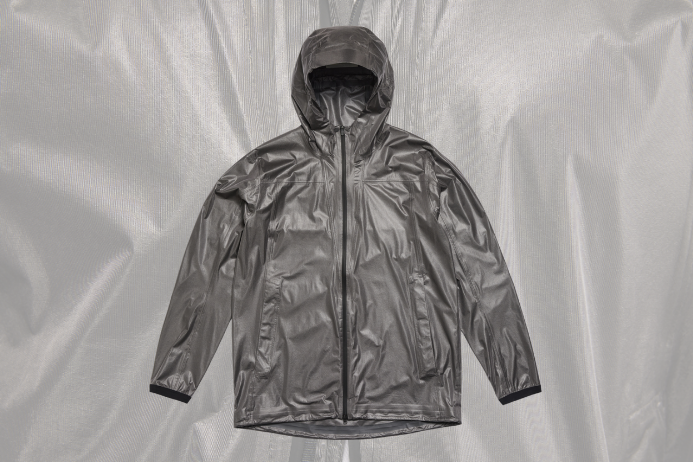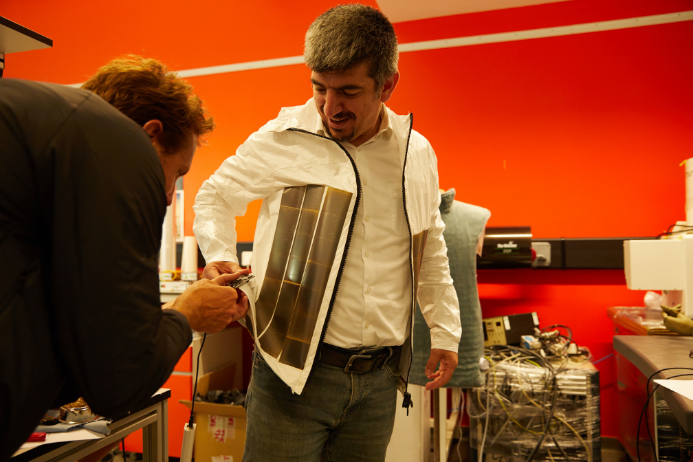Inside the Project - The future of materials: graphene and the world’s first programmable jacket
Published 17th September 2025
In 2018, pioneering clothing company Vollebak created the world’s first graphene jacket. Built with graphene, a material only one atom thick yet stronger than steel, the jacket could regulate heat, redistribute warmth and remain lightweight, waterproof and breathable.
Working with the National Graphene Institute at the University of Manchester, Vollebak has since gone further. Together, they are developing the Thermal Camouflage Jacket, a programmable garment designed to make its wearer invisible to infrared cameras. Using 42 graphene patches, each controlled like pixels, the jacket can manipulate thermal radiation and even play Tetris in infrared. It is a glimpse into how future clothing could merge textiles, computing and advanced materials.

Why graphene matters in the classroom
For teachers of design and technology, graphene opens exciting opportunities to inspire students. Derived from graphite, the same carbon found in pencil lead, graphene is the lightest, strongest and most conductive material ever discovered. First isolated in 2004 at the University of Manchester, it has since sparked a wave of innovation that pupils can connect directly to their classroom learning.
The possibilities stretch beyond clothing. From invisibility cloaks to breakthroughs in engineering, biomedicine and sustainable design, graphene is the kind of cutting-edge material that encourages curiosity, creativity and critical thinking. Exploring it with students can bring together physics, chemistry, textiles and product design in engaging and practical ways.

‘Inspired by Industry’: exploring wearable technology
This innovation links perfectly with the ‘Inspired by Industry’ context from Thrive Wearables. Designed to help pupils explore modern technology through wearable tech, it allows them to develop conceptual outcomes that don’t need to be fully functional. For example, a heart monitor prototype might detect movement using a micro:bit or tilt-switch, introducing ideas in a way that is suitable for KS2.
‘Inspired by Industry’ is free to access, with additional member-only Focused Tasks (FTs), Investigative and Evaluative Activities (IEAs), and curriculum units to support classroom delivery. It is a chance for your students to imagine the future of wearable design while developing problem-solving and creative thinking skills.
With the University of Manchester continuing to lead global graphene research, design and technology classrooms are perfectly placed to explore how materials and wearable technology could transform the way we live, work and even dress. To support teachers further, a handy downloadable PDF article is available. This resource can be kept in your classroom as inspiration to revisit and share whenever you want to highlight how creativity can come alive in design and technology.



